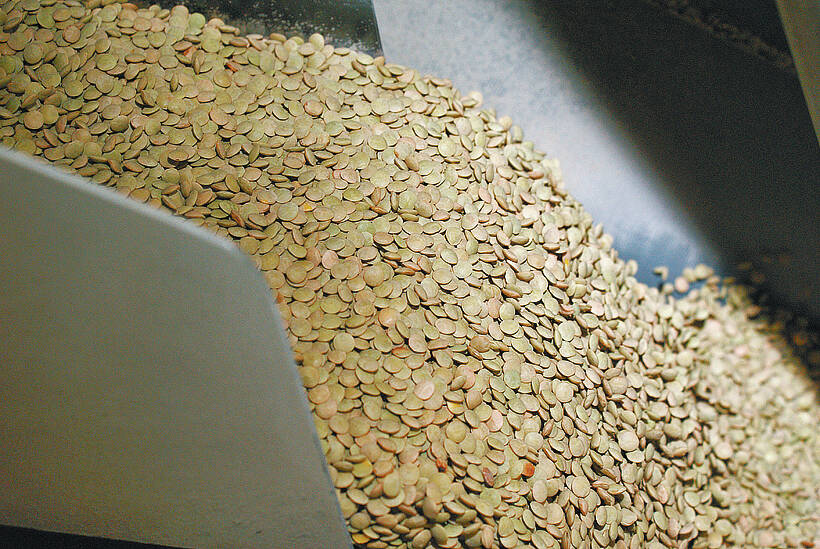The grains sector is happy with the new 2020-25 Dietary Guidelines for Americans.
The Grain Chain, which is a coalition of United States grain industry organizations chaired by the American Bakers Association, is particularly pleased that the new guidelines maintain the existing recommendation to consume six one-ounce servings of grains daily, with half of those servings coming from whole grains.
The guidelines are created by the U.S. Department of Agriculture and Health and Human Services. They are updated every five years.
Read Also

Green lentil market oversupplied
Farmers in Western Canada can expect price pressure on their new crop of green lentils, as the available supplies among the world’s major lentil-growing nations increase significantly.
“We strongly agree on the goodness of six grain servings, half enriched grains and half whole grains,” Lee Sanders, senior vice-president of government relations and public affairs with the American Bakers Association, said in a news release.
Jane DeMarchi, president of the North American Millers’ Association, said she was “delighted” that the nutritional value of both whole and enriched grains was acknowledged in the guidelines.
“Grain foods are staples that create the foundation for a healthy and balanced diet. They are affordable, versatile, convenient and easy to store,” she said in the news release.
“The significance of these qualities cannot be overstated in normal times, much less during a global pandemic where families are stressed and food dollars are stretched.”
Christine Cochran, executive director of the Grain Foods Foundation, said the guidelines are a map for consumers, policymakers and administrators of feeding programs.
“The unity of the Grain Chain’s message and the importance of its being heard have been affirmed in this (Dietary Guidelines) cycle today — the nutritional contribution of grains is essential in the diet at all stages of life,” she said in the release.
For the first time, the guidelines include recommendations for birth to two years of age and grains are recognized as nutritious first foods for infants.
But it wasn’t all good news for the grains sector. The Grain Chain said it is “extremely concerned” that the guidelines contain “contradictory language” regarding enriched grains.
The guidelines talk about the positive health impacts of including enriched grains in the diet yet they also link consuming “refined grains” with poor health.
The Grain Chain said it intends to correct any potential consumer confusion resulting from that contradictory language.
Pulse Canada is also pleased with the publication.
“We see this document as supportive of where the Canadian pulse industry wants to go and that’s about getting more pulses in the diets of people in the United States,” said spokesperson Jeff English.
The recommended level of pulse consumption for adults did not change. It remains at between one and three cups per week, depending on total calorie level.
But English is encouraged to see a change in terminology in the guide from “legumes” to “beans, peas and lentils.”
“It’s a positive step because that’s how people are familiar in dealing with them,” he said.
And he noted that the term “beans, peas and lentils” is mentioned numerous times in the document as a nutrient dense form of food. Pulses are also identified as both a vegetable and a source of protein.
“It’s a step in the right direction,” said English.
He hopes the next guide will go one step further and provide recommendations about consuming pulse-based flours and other ingredients of the fractionation process.
“In five years will we be talking about more specific pulse-based blends and things like that? Time will tell, but it’s certainly an exciting time for the industry,” said English.
Contact sean.pratt@producer.com
















